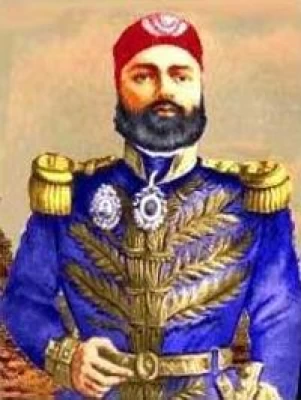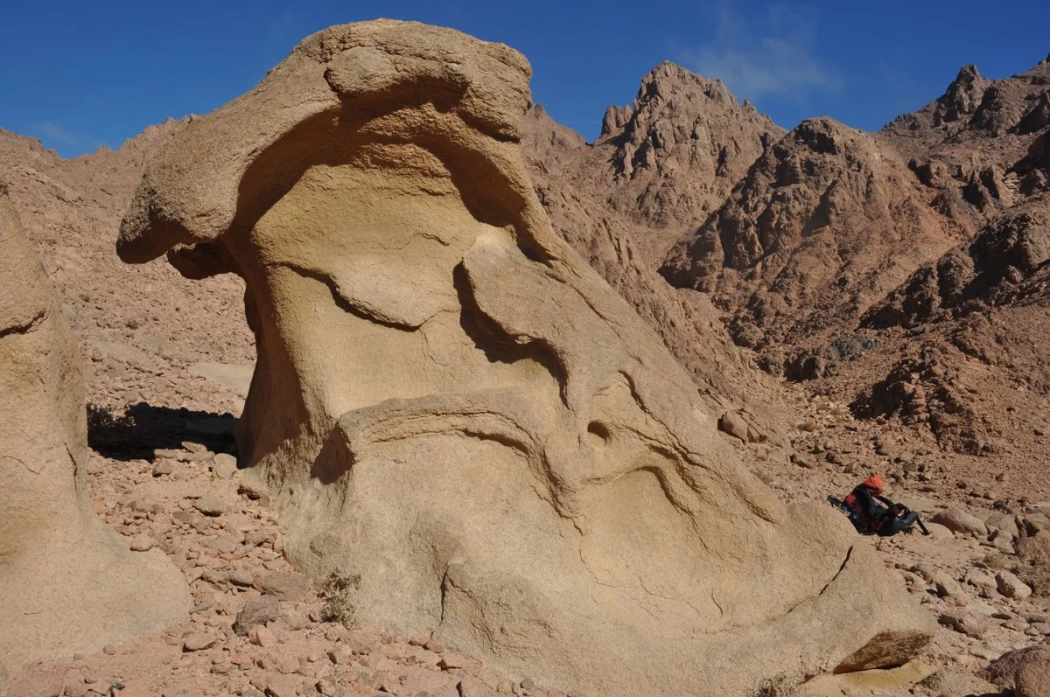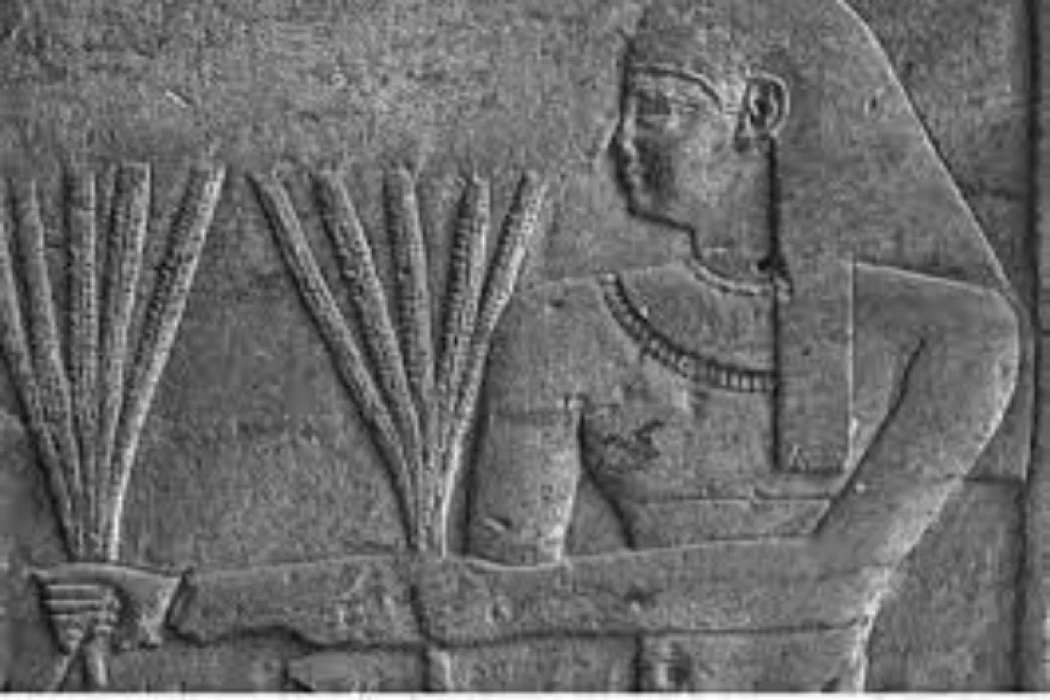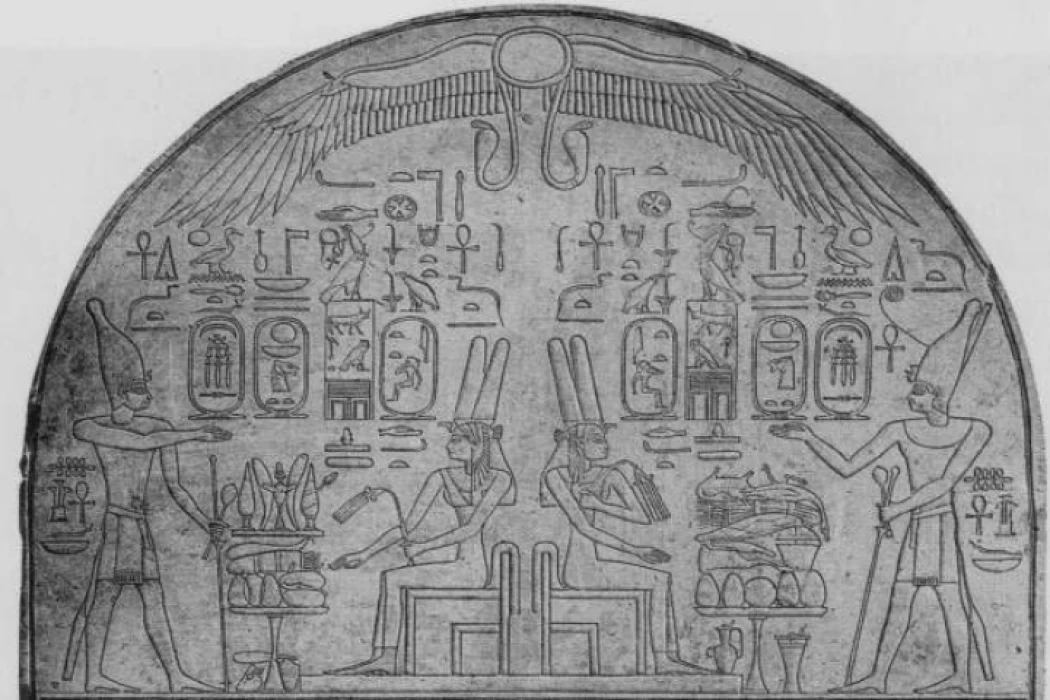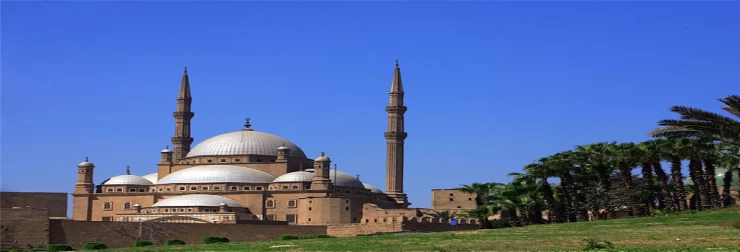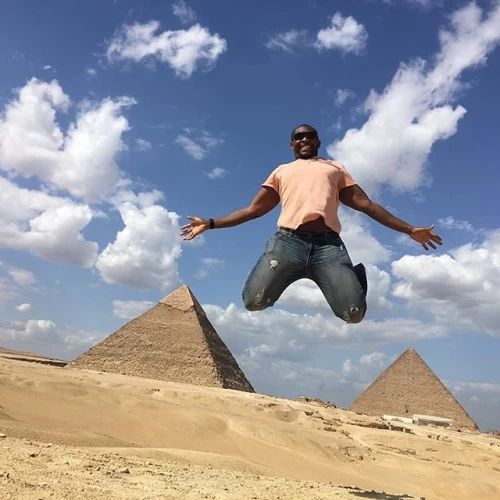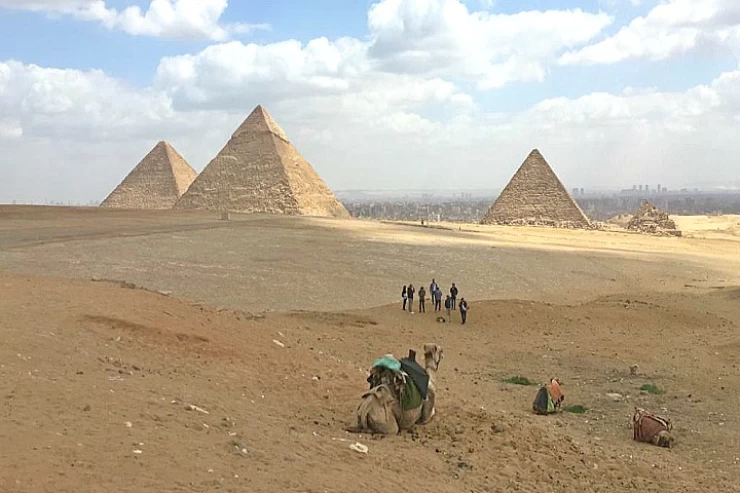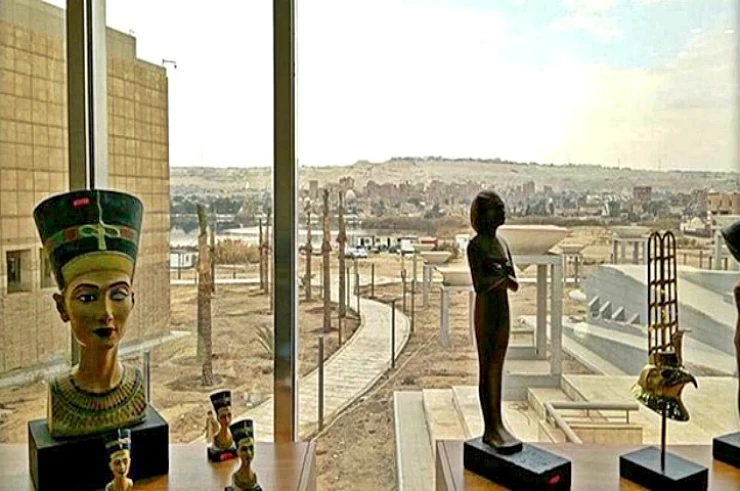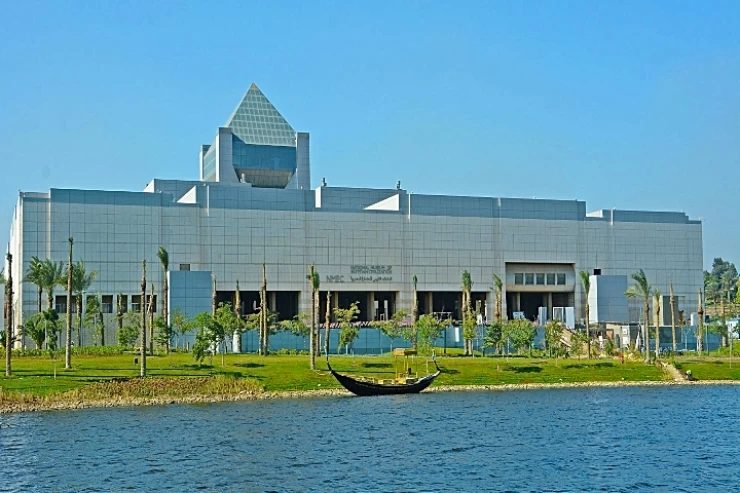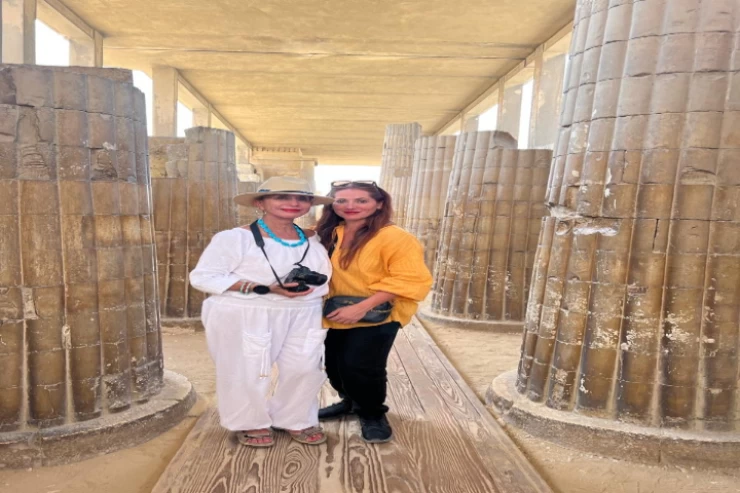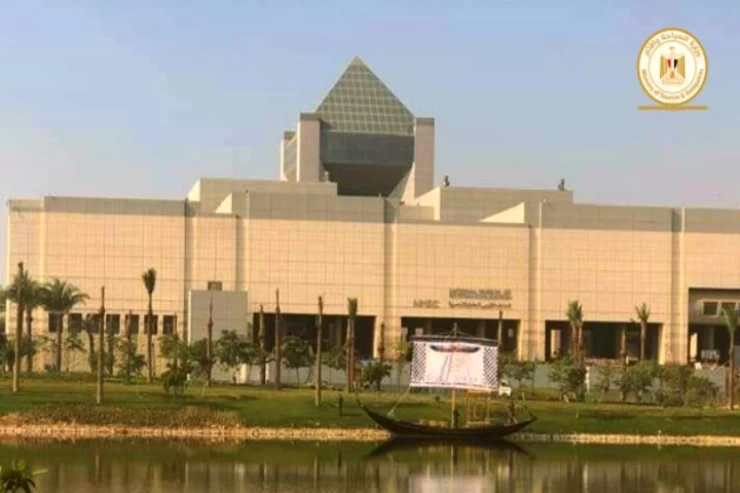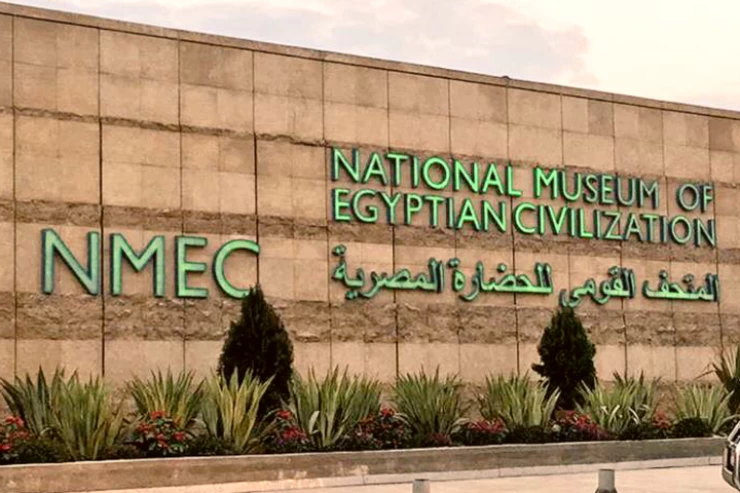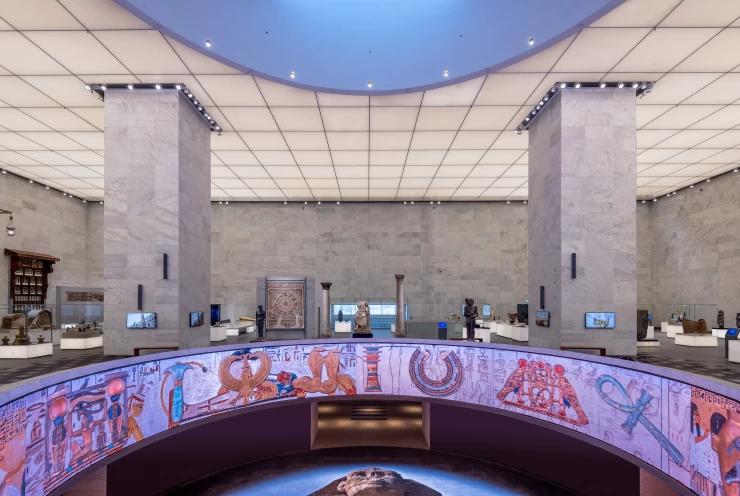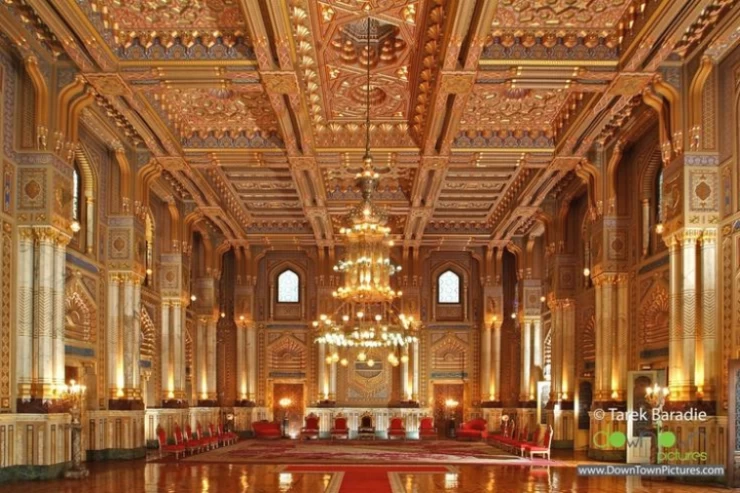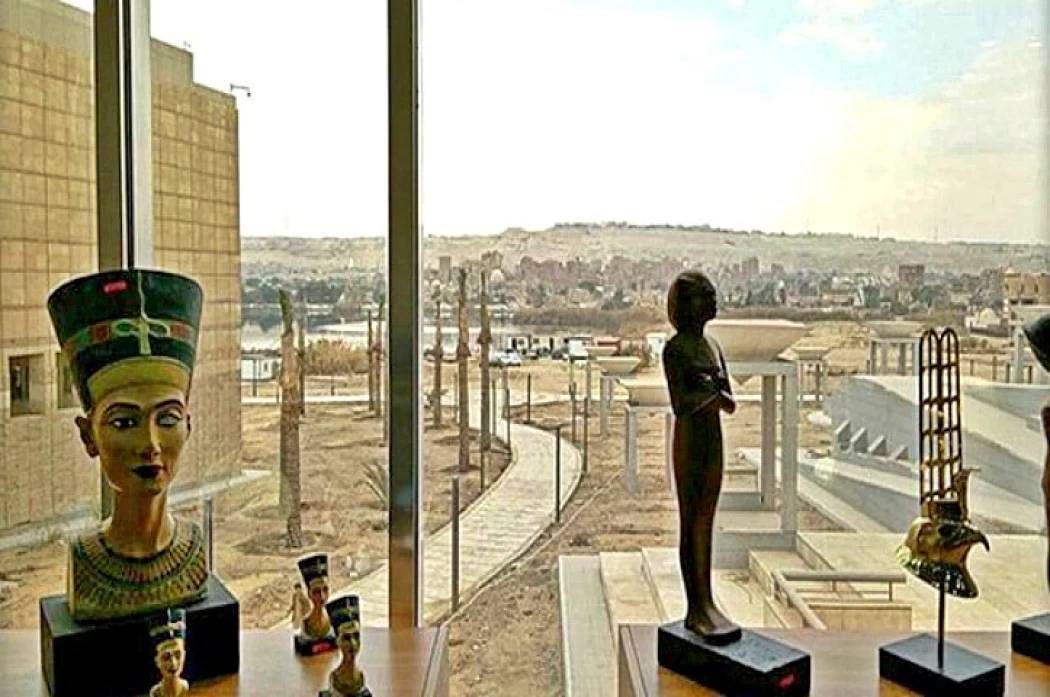
The National Museum of Egyptian Civilization (NMEC)
The National Museum of Egyptian civilization is located in the city of Fustat, Cairo on an area of 33.5 acres. The museum accommodates fifty thousand artifacts that tell the stages of the development of Egyptian civilization, in addition to a presentation of the achievements of the Egyptian man in various fields of life since the dawn of history to the present day, It also contains models, photographs, manuscripts, oil paintings, artifacts and antiquities from the Stone Age, pharaonic, Greco-Roman, Coptic, Arab, Sudanese civilization and the modern era. The site of the museum overlooks a natural lake, Lake Ain Al-Sira
History
The idea of establishing the National Museum of Egyptian Civilization dates back to 1982 when UNESCO announced an international campaign to establish the National Museum of Civilization and the Nubian Museum in Aswan.in 1999, the current location of the museum was chosen in Fustat instead of its previous location on the island. Archaeological excavations were carried out at the museum site from 2000 to 2005, and the foundation stone of the museum building was laid in 2002 after excavations carried out in 2000. The museum was officially opened on April 3, 2021.
Location and area
The National Museum is located in the Fustat area of ancient Egypt near the Babylonian fortress and overlooks the Ain el-Sira Lake. The museum area is about 33,5 acres, including 130 thousand square meters of buildings, and it is expected to house 50 thousand artifacts from various eras of ancient Egypt to modern history, it includes a set of stores for preserving Antiquities equipped with the latest technologies.
Financing and design
The architectural consultant of the museum is Dr. Al-Ghazali kasaiba, professor of Architecture at the Faculty of Fine Arts, Helwan University, Zamalek, while the interior of the exhibition halls was designed by Japanese architect Arata Isozaki. The museum will showcase Egyptian civilization from prehistoric times to the present using multiple methods highlighting the material and moral heritage of the country.
The museum commends the full Egyptian funding, which is distributed between the Nubia Antiquities rescue fund at 45% and the Supreme Council of Antiquities at 55%, while UNESCO provides technical support in the field of training and consultations on how to implement the Museum, using modern scientific methods.
Exhibition halls
The museum's collections will be displayed in 9 halls, including a permanent main exhibition on the most important achievements of Egyptian civilization, with six thematic exhibitions covering the dawn of civilization, the Nile, writing, the state and society, culture, beliefs and ideas, and the exhibition of royal mummies.
The museum includes extensive temporary exhibition spaces, an auditorium, and an education and Research Center, as well as an exhibition related to the development of the city of New Cairo. It will serve as a venue for a variety of events, including film screenings, conferences, lectures, and cultural activities, and will target local, national, and international audiences.
The museum will include service, commercial, and entertainment buildings, and a Research Center for the science of ancient materials and restoration.
The main hall
The main exhibition hall of the museum contains several archaeological objects that give an integrated idea of the Egyptian civilization from the Pharaonic, Greek, Roman, Coptic, Islamic, and modern eras.
The Mummy Hall
The hall creates for visitors the atmosphere of the Valley of the Kings region. The hall houses 20 royal mummies, including 18 kings, and two queens from the seventeenth to the twentieth dynasties. The most important of these mummies are the mummies of King saqnun-Ra, King Thutmose III, Queen Hatshepsut, King Ramses II, and King Ramses III.
Archaeological Foundry
The museum is distinguished by the presence of a foundry inside the museum campus, first discovered in 1932, and rediscovered during the excavations before the construction of the museum in 2003-2004. The grille consists of three double-eyed rows, each with 13 eyes. On the northern side, there are 13 single Eyes, which are supported by a brick wall. The eyes are built of small red bricks separated by a corridor 50 cm wide, and each set of eyes is separated by a brick wall 20 cm wide. The eyes are round, 80 cm in diameter and 70 cm high. And on the north side there are 10 rectangular basins, the dimensions of which are 70 *70 cm, the height is 90 cm, and they are separated by a corridor 65 cm wide. It is believed that these basins are used to stabilize the dye after the dyeing process.
Project stages and opening stages
The first stage:
1. Planning and Design (Early 2000s)
The idea for NMEC was first proposed in the 1980s, but serious planning began in the early 2000s.
The museum was designed by Egyptian architect El Ghazzali Kosseiba, with exhibition design by French architect Jean-Michel Wilmotte.
Located in Fustat, Old Cairo, the museum was planned to showcase Egypt’s civilization from prehistory to the present.
The second stage
2. Construction Phase (2004 – 2017)
The foundation stone was laid in 2002, and construction began in 2004 under the supervision of UNESCO.
Several delays occurred due to funding issues and political instability.
By 2017, most of the external structure and exhibition halls were completed.
the cost of this stage is 400 million pounds and includes the construction of the administrative building, laboratories, warehouses, and the security system.
The third stage
the cost of this stage is 500 million pounds and includes the construction of a power station and 3 halls out of a total of 9 halls in the museum, one of which will be dedicated to the display of royal mummies, and another for the capital museum, which will show visitors a vivid view of the archaeological sites in Cairo, and the third Hall will be dedicated to the central display and shed light on the most important achievements of Egyptian civilization in a historical sequence since prehistory until now, and it is expected that this stage will be completed by the end of 2018.
Opening Stages:
1. Soft Opening (2017)
• In February 2017, the museum partially opened with one hall, the Temporary Exhibition Hall, displaying a collection on Egyptian handicrafts.
2. Grand Opening (April 3, 2021)
The full museum was inaugurated with the Pharaohs’ Golden Parade, where 22 royal mummies were transferred from the Egyptian Museum in Tahrir to their new home in the Royal Mummies Hall at NMEC.
The museum officially opened to the public, showcasing exhibits from prehistoric to modern times.
Partial opening
In February 2017, Khaled al-Anani, the minister of Antiquities, partially opened the museum in the presence of many international and local public figures. The opening included a temporary exhibition hall on "Egyptian crafts and industries through the ages", on an area of 1000 square meters, which includes about 420 artifacts that tell the development of Egyptian crafts throughout historical times and to date, the hall displays 4 crafts, pottery, wood, textiles, ornaments, in addition to large screens showing several documentary films highlighting the history of each craft and its development.
Official opening
The museum was officially opened on April 3, 2021 on the signature of a huge international parade and music concert that included the transfer of 22 Royal pharaonic mummies from the Egyptian Museum in Tahrir in the presence of President of the Republic Abdel Fattah al-Sisi, Mustafa Madbouly, prime minister, Khaled al-Anani, Minister of Tourism and antiquities, Zurab polulikashvili, secretary general of the World Tourism Organization, and Audrey Azoulay, president of UNESCO.
Notable donations
Zahi Hawass reported in late 2017 that Francis Ricciardone, president of the American University in Cairo, had donated 5,000 of its artifacts to the National Museum of Egyptian Civilization.
Usage:
The National Museum of Egyptian Civilization hosted the draw of the men's Handball World Championship 2021.
The museum also hosted an artistic cultural heritage event entitled” The History of Egyptian Scouting" on February 18, 2023.
Management
The museum is under the supervision of the museum sector of the Supreme Council of Antiquities of the Egyptian Ministry of Antiquities, and its affairs are carried out by the general supervisor/CEO:
Ahmed Ghoneim "CEO of the museum authority".
Ahmed El Sherbini, "general supervisor of the project".
Mahrous said, "General Supervisor of the project".
Latest Articles
Admin
Regin of Abbas I of Egypt | Abbas Pasha I
Abbas has been often described as a mere voluptuary, but Nubar Pasha spoke of him as a true gentleman of the "old school". He was seen as reactionary, morose and taciturn, and spent nearly all his time in his palace. He undid, as far as lay in his power, the works of his grandfather, both good and bad.
Admin
Story of Gabal Shayeb Al Banat - Red Sea Mountain
Jabal shayb al-banat is one of the Red Sea Mountains in the eastern desert in Egypt, located to the west of the city of Hurghada at a latitude of 27 degrees north and a longitude of 33.5 degrees east of the Greenwich line approximately, this mountain is the highest mountain peak in the eastern desert with a height of up to 2185 meters, it is a prominent mass of igneous rocks
Admin
Neper God Of Grain
Neper was the deity of grains, particularly cereals that were important in Ancient Egypt, such as wheat and barley. It was stated that he foretold when the crops would grow, be harvested, and disappear.
Admin
Badr Museum in Farafra
The Badr Museum is located in a mud building, which is the common home found in this medieval part of Egypt. All of the artwork that was created by the artist is quite unique. His work almost always depicts life in the Farafra Oasis and he provides the work through both painting and sculpting.
Admin
The Black Head Temple
The Black Head Temple is a small temple dedicated to the worship of the goddess Isis and was discovered in 1936, by chance, in the Black Head area, which is now located within the Mandara area of the Montazah district in Alexandria. This temple was moved from its original place to the Latin Necropolis in 1994.
Admin
The Queen Tetisheri
Tetisheri was the mother of Seqenenre Tao, Queen Ahhotep I, and possibly Kamose. For sure, she was the mother of Satdjehuty/Satibu, as attested on the rishi coffin of the latter. At Abydos, her grandson King Ahmose I erected a Stela of Queen Tetisheri to announce the construction of a pyramid and a "house" for Tetisheri.
